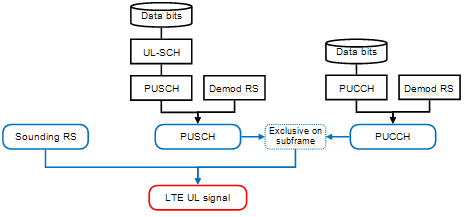
Figure 1. Supported channels and reference signals for RT LTE FDD Uplink
The software supports the channels and reference signals as shown in Figure 1 below for an Advanced Uplink carrier compliant with the 3GPP standards.

Figure 1. Supported channels and reference signals for RT LTE FDD Uplink
The physical uplink control channel (PUCCH) carries the uplink control information (UCI), such as scheduling requests, Hybrid ARQ acknowledgements, the channel quality indicator (CQI), and demodulation reference signals (DMRS) for PUCCH.The software controls PUCCH transmission based on the subframe configuration.
The physical uplink shared channel (PUSCH) carries the UL-SCH and demodulation reference signals (DMRS) for PUSCH. The software controls PUSCH transmission based on the HARQ packet number. Uplink control information (UCI) for PUSCH is not available in this release.
Sounding reference signals (SRS), not associated with PUCCH or PUSCH transmission, are used to test the reception quality for uplink channel-dependent scheduling.
|
Description |
Quick Test Setups |
|
|---|---|---|
|
Carrier modulation |
SC-FDMA |
Blocking |
|
Subcarrier spacing |
15 kHz |
PUSCH in Multipath Fading |
|
Frame structure |
Type 1 (FDD) |
Dynamic Range |
|
Uplink/Downlink |
Uplink only |
FRC based |
|
Bandwidth and Resource blocks |
1.4 MHz (6RB), 3 MHz (15RB), 5 MHz (25RB), 10 MHz (50RB), 15 MHz (75RB), 20 MHz (100RB) |
High Speed Train Condition |
|
Cyclic prefix |
Normal, Extended |
In-channel Selectivity |
|
Base sampling frequency |
30.72 MHz |
Receiver Intermodulation |
|
Supported channels |
PUCCH and DMRS UCI (carried on PUCCH) PUSCH and DMRS UL-SCH (carried on PUSCH) |
Reference Sensitivity Level |
|
Channel coding |
Transport channel |
UL Timing Adjustment |
|
Payload size of UL-SCH |
16 to 75376 |
|
|
Dynamically controlled parameters |
HARQ ACK/NACK (external signal/user data) UL Timing Adjustment (external signal ) |
|
|
Number of carriers |
1 |
|